With tourism subdued this year and staycations the watchword of the summer, Apollo’s writers and editors are seizing the opportunity to take in a few of the attractions in their home cities that they’ve always wanted to visit – but never braved the crowds to see.
As I leg it across the paving stones of surely one of the biggest and most freewheeling roundabouts in any capital city, I feel like Eric Rohmer’s hapless protagonist in his short film Place de l’Étoile, which involves an altercation with dramatic consequences between pedestrians in the chaotic area around the Arc de Triomphe. Instead of following this route circling the Arc, however, I dart across diagonally, anarchically, to my destination. It is my first visit to the monument though I have lived in Paris for more than a decade. It may not be as consistently visible as the Eiffel Tower, which at 300m is five times higher, or the Sacré Coeur, which is only 83m high but elevated by its position on the hill of Montmartre, but the Arc is omnipresent in other ways – as a site of frequent commemoration, celebration and also protest.
General de Gaulle proudly paraded underneath it at the end of the Second World War. When France won the World Cup in 1998 it was awash with the blue, white and red of the national flag; the Tour de France riders end their epic ride here every year. Less gloriously, when the gilets jaunes were coming out weekly in 2019 to protest against a proposed fuel tax and much else, it turned into a battleground. A Syrian photographer I know who had covered the civil war in his country and is now on a posting in Paris said when he worked on those Sundays in 2019 he felt he was back in a warzone. At least 24 people lost an eye and five protesters had their hands torn off, mostly the result of the war weapons the riot police used, in particular the controversial rubber-bullet guns known as LBDs. The Arc then was covered in graffiti and pelted with stones, as all the anger at Emmanuel Macron’s government seemed to be concentrated at the monument.
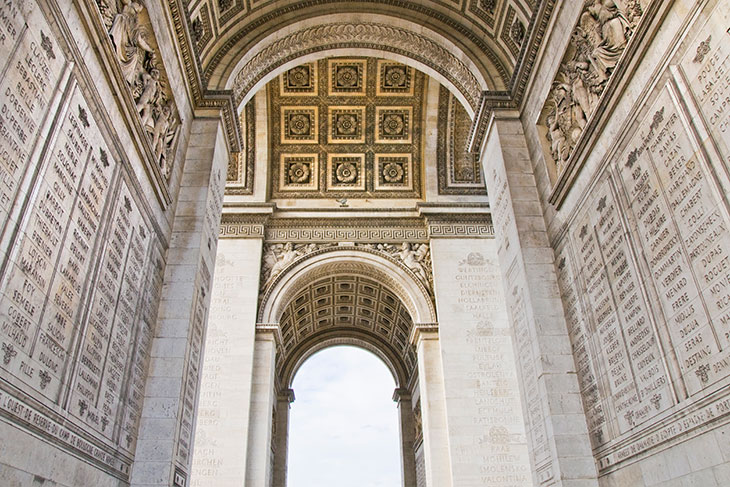
The Arc de Triomphe is inscribed with the names of French generals, mostly from the First Empire. The names of those who died in action are underlined. Photo: Giovanni Mereghetti/Education Images/Universal Images Group via Getty Images
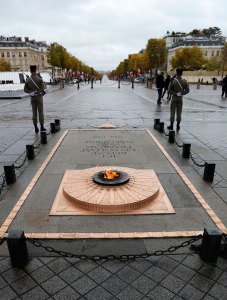
The eternal flame at the Tomb of the Unknown Soldier beneath the Arc de Triomphe, on Armistice Day, 11 November 2017. Photo: JACQUES DEMARTHON/AFP via Getty Images
But now I have finally come to stand beneath the Arc myself, what will I find? I am taken aback, first of all, by how impressive it is up close. Before entering what looks like a little trap door in one of the pillars, to climb the 284 steps to the viewing gallery, I take in the inscriptions that cover the grey stone walls. These are engraved with the names of battles and all the generals who fought for France during the Revolution and under the Empire. Those who died in combat have their names underlined. On the ground several plaques commemorate the wars in Indochina, Algeria and Korea. As if a counter to these episodes, another plaque bears the transcript of de Gaulle’s appeal in June 1940 to the French people to resist the Vichy government. Here too is the Tomb of the Unknown Soldier; it faces the Champs-Elysées stretching out beyond it, all the way down to the Place de la Concorde with its Egyptian obelisk that I can make out in the lingering morning mist. On the tomb are flowers and at its base the eternal flame is alight; burning continuously since 1923, rekindled every evening at 6.30pm, it now commemorates all those who died in both world wars.
The stairway leading up to the top is a narrow spiral nightmare that keeps older and less able-bodied visitors away. Before the summit there are two floors with small permanent installations about the Unknown Soldier and about the construction of Arc; there is a useful model of the monument and account by way of a video installation recounting how it was built over three decades from 1806 to 1836. Politics gripped the process, threatened to derail it on several occasions and forced several changes to the design, architecture and iconography. Four years after the inauguration of the monument, Napoleon’s funeral carriage passed underneath it on its way to Les Invalides. The Unknown Soldier was interred in his present position in 1921.
A popular feature in the permanent installations that provokes some gasps is the flat screen placed on the ground showing the vertiginous drop down to street level. It plays a live image taken from a surveillance camera that must be positioned within one of the pillars and points downwards. Looking at the screen you can see – as if there is a hole in the ground and you are looking directly down to street level – people milling about reading the inscriptions as I have done minutes before. Elsewhere in a projection against a wall a looped series of still photographs shows a selection of arches from around the world: Marble Arch, along with the slim red torii gates in Japan, India Gate and Patuxai in Laos, to name just a few. Such comparisons help to make the Arc’s design more distinctive, in particular the groups of dramatic and triumphant sculptures on both pillars, as well as the reliefs depicting episodes from battles in the Revolutionary and Napoleonic wars.
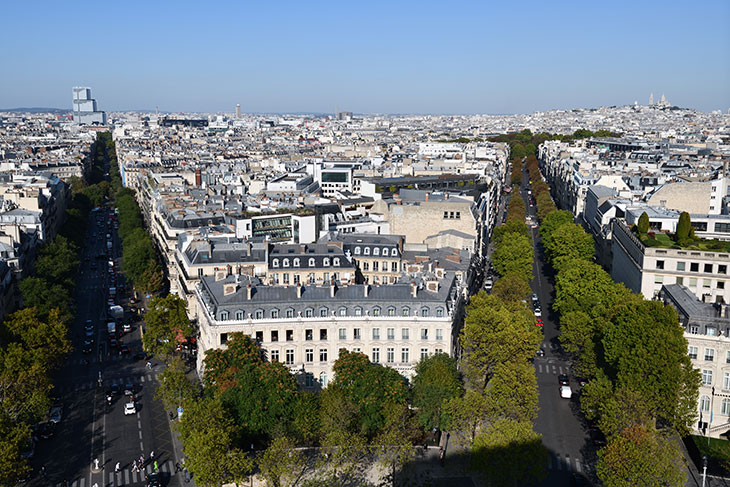
The view from the Arc de Triomphe. Photo: Frédéric Soltan/Corbis via Getty Images
The view at the top is worth every one of the 284 steps it has taken to get here. I have never seen Paris from above while remaining so relatively close to the ground. The Pompidou provides a rooftop view of Paris any day of the week, but the view is just that: rooftops. From atop the Arc there is greenery, an astonishing amount as all the avenues leading from it, in the star effect that gives the Place its name, are tree-lined. From ground level I have never appreciated this. There is also a thrilling 360-degree view, which provides me with the kind of geographical anchoring in space I rarely possess. I can look at the Tour Montparnasse, where again I think of Rohmer and find myself agreeing with his opinion that there is nothing uglier in the whole of Paris than that solitary skyscraper standing out bluntly like a solid block, against which one’s thoughts hit and dissolve. But the Tour is also useful, for I can look behind it and think that is where I live. As my eye moves further along I discover a huge mass of green that the map in front of me reveals is the Bois de Boulogne. The forest, it turns out, takes up a huge chunk of western Paris. In his voice over at the start of Place de l’Étoile, made in 1965, Rohmer says that Parisians never go near the Arc – only veterans and the head of state. I think that remains generally the case. But we are missing out on one of the places that will bring us closest to the city, conjuring up both its past as well as its present.
Unlimited access from just $16 every 3 months
Subscribe to get unlimited and exclusive access to the top art stories, interviews and exhibition reviews.

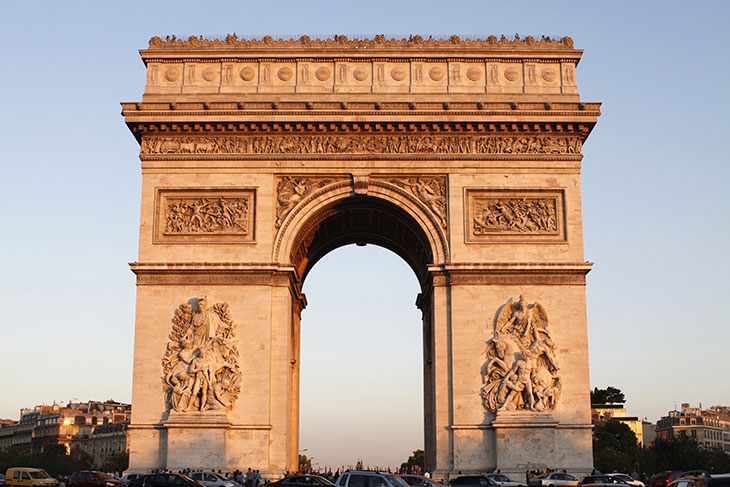
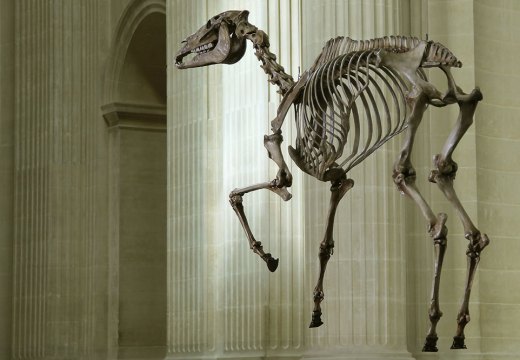
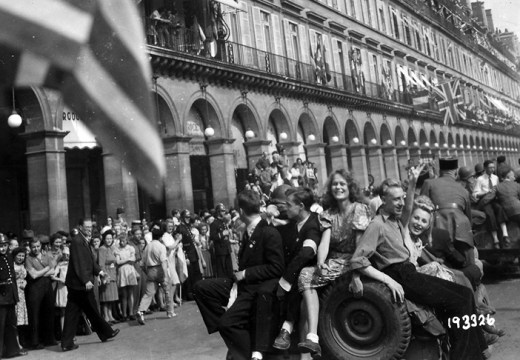
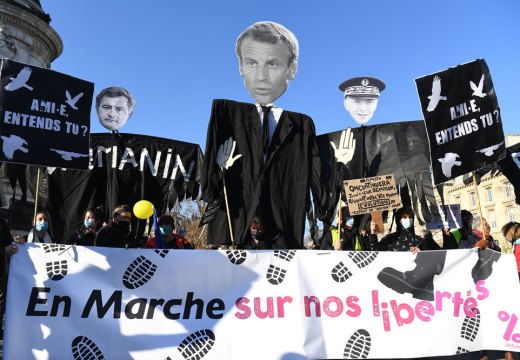









![Masterpiece [Re]discovery 2022. Photo: Ben Fisher Photography, courtesy of Masterpiece London](http://www.apollo-magazine.com/wp-content/uploads/2022/07/MPL2022_4263.jpg)
Has the Fitzwilliam lost the hang of things?